In the 1950’s, a red flag flying warned that bad weather was on its way. A far cry from then to now, however, as the latest in an improved tsunami warning system will be installed in October for countries in the Indian Ocean.
On May 6, agreement was reached on a new improved tsunami threat service that would give more detailed information for Indian Ocean countries than the current Interim Advisory Service, the Intergovernmental Coordination Group (ICG) for the Indian Ocean Tsunami Warning and Mitigation System, announced.
ICG chair Rick Bailey said in a press release the regional tsunami service providers will help Indian Ocean countries better prepare by providing more accurate information to save lives and reduce the frequency of false alarms.
The international agreement was made at the Bureau of Meteorology Head Office in Melbourne.
Chris Ryan, joint director of the Joint Australian Tsunami Warning Centre (JATWC) run by BOM and Geoscience, said Australia, India and Indonesia would be playing a leading role in providing the new tsunami warning service.
He said JATWC has built its state-of-the-art tsunami warning system for Australia capable of providing similar information to other countries bordering the Indian Ocean.
Also in support are development programs and donor agencies world-wide such as Ausaid, United Nations and various NGO’s.
An Ausaid spokesperson, in an email said through partnerships with Geoscience, BOM and CSIRO, Australia is actively engaged in disaster management, mitigation and preparedness.
ICG came into being after the devastating Indian Ocean tsunami in 2004 that took 230,000 lives. And the recent Japanese 9.1.earthquake that triggered an unexpected tsunami brought waves of destruction and grief caused from the loss of 30,000 lives.
In October 2009, three earthquakes that struck at 7.30am off the coast of Vanuatu triggered a tsunami alert all along the 3,000kms-plus eastern coastline from far north Queensland, Cookstown to Brisbane.
Caught off-guard, the local Cairns newspaper reported there was “chaos, traffic jams and confusion as people scurried to pick up kids from school, pack up their pets and bare essentials and headed for the hills,” after radio announced the tsunami was expected to hit the city two hours later.
Back in 1959 in the agricultural district of Bowen, the first warning system was a single red triangular flag flying from the Post Office, chuckled Lynette Klukas. “Too bad if you lived across the other side of town,” she said.
But Bowen is renowned for its unpredictable weather patterns and locals automatically stock their pantries long before “the wet season” arrives during the summer months around December to March.
A research team member at the Bowen Historical Museum, who also remembers seeing the red flag, agrees the local community is resigned to the fact they live in a region prone to tropical cyclones.
As a child growing up in the 1940’s, storms blew up without warning, she said. Just the “whirring” of the noisy winds, or the wall of water “roaring” down the nearby Don River on its way out to sea.
Crops have been lost, properties damaged and lives lost in those early years.
She recalled seeing the red flag go up after “Cyclone Connie” came through on February 8, the second within a year only 10 months after “Cyclone April Fool’s Day” on April 1, 1958.
She praised the warning systems the weather bureau, associated emergency services and the technological systems that have been put in place today.
She said wistfully that if only the “excellent warning and tracking system” used today was around during those times, more lives may have been saved.
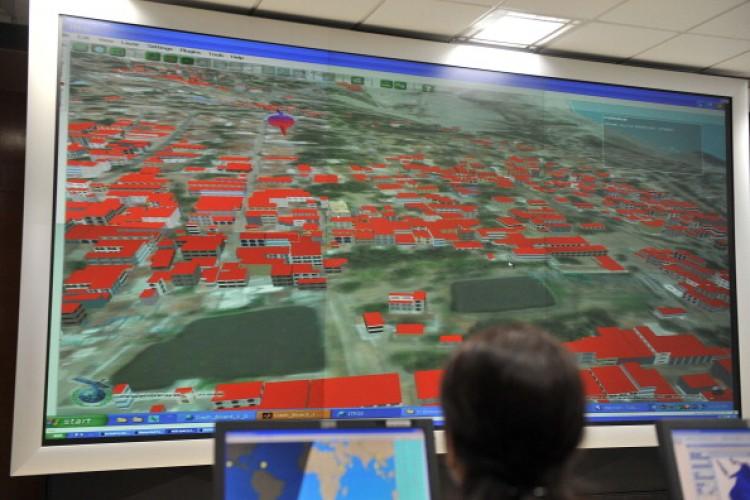
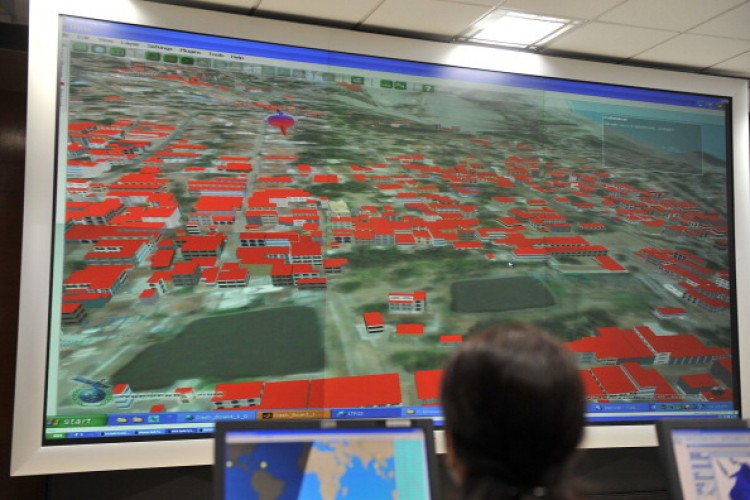
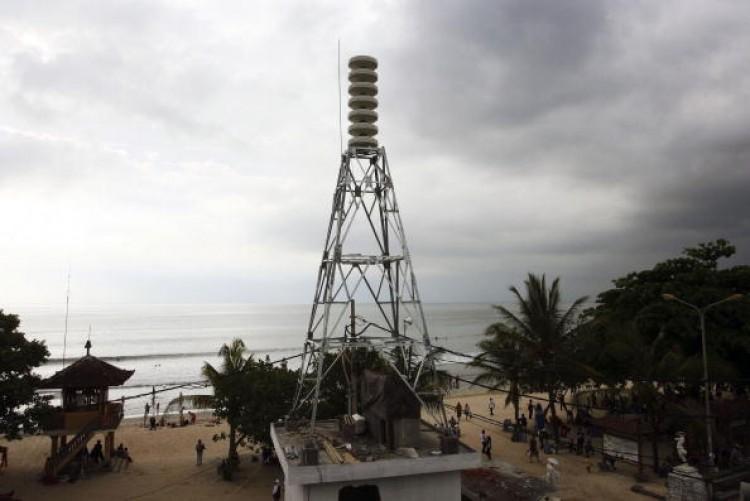
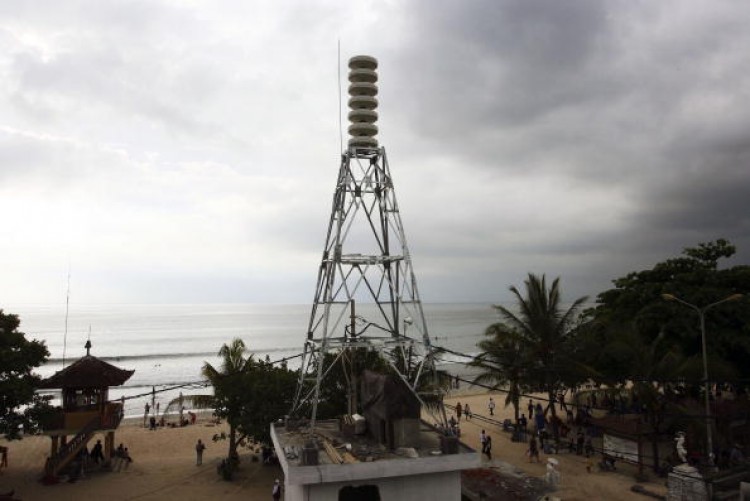

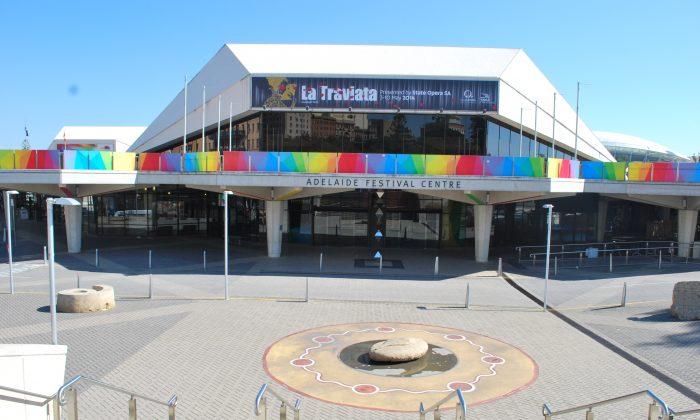
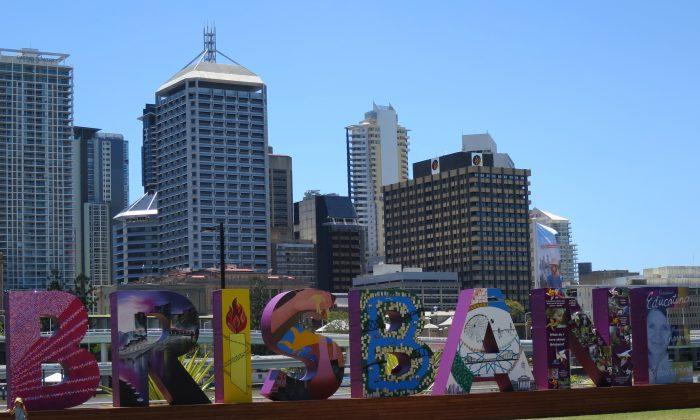
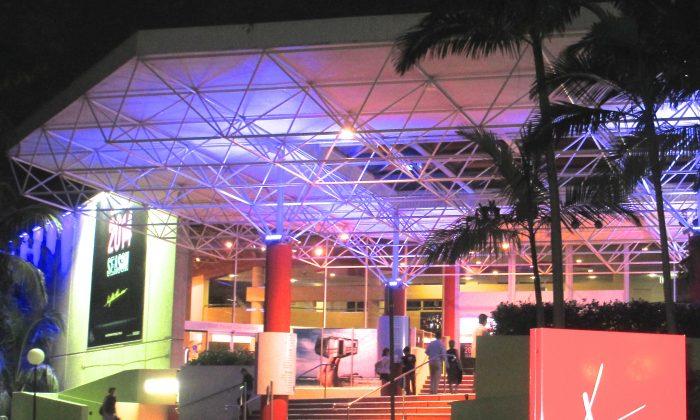
Friends Read Free